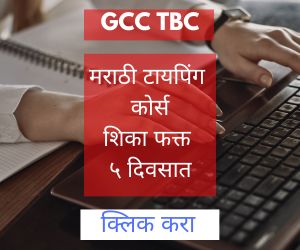In this article, we discuss what were the reason, causes, and effects of the partition of Bengal in 1905.
The Partition of Bengal in 1905 is one of the most important topics of Modern History in India. Most of the questions are asked from this topic in every competitive exam such as UPSC, Railway, State PSC, SSC, CDS, NDA, etc...
Reasons For Partition of Bengal:
Lord Curzon became the Viceroy of British India in 1899. He was the Viceroy till 1905. This was the time when the feeling of nationalism was increasing rapidly in India.
Its center was Bengal, and Lord Curzon wanted to somehow quell this growing nationalism. So Karzo proposed the partition of Bengal in 1903.
Also Read -
At that time Bengal was made up of West Bengal, Bihar, Orissa, Assam, and some parts of Chhattisgarh. At that time the population of the whole of Bengal was 7.5 crores, which was a quarter of India at that time.
Lord Curzon said that the population of Bengal is very high and British India is finding it difficult to handle so much population simultaneously.
Lord Curzon's master plan was hidden behind this. East Bengal was a Muslim Majority Area and West Bengal was a Hindi Majority Area. Lord Curzon wanted to divide Hindus and Muslims so that they could implement the policy of Divide and Rule.
As soon as the Nationalist leaders came to know that the British Government was thinking of Partition, rebellions started in Bengal.
Big Bengali leaders like Surendranath Banerjee and Krishnakumar Mitra should run these press campaigns in their newspapers. So that people can know about the result of partition.
In the number of thousands, people started sending them to the British government by signing on the petition.
The Indian National Congress was also preparing people with petitions, speeches, and public meetings. The landlords also joined the Indian National Congress.
But it had no effect on the British government and finally, in July 1905, the date of the partition of Bengal was announced.
Causes and Effects of Partition of Bengal:
This broke the hearts of those who believed in Congress and its moderate methods. They started to feel that now nothing will happen with the methods of Congress. Now people had lost faith in Congress.
But at that time, the big leader Bal Gangadhar Tilak was leading the people by raising his voice against the partition in Pune and Bombay.
Lala Lajpat Rai was leading in Punjab and the northern region and Chidambaram Pillay was leading in Madras.
Many protest meetings were called in Bengal and it was decided that British goods would be boycotted.
Also Read -
Now we have to boycott British goods, so many indigenous factories were needed, so the rich people opened factories and schools so that children could study in the local language. The movement that started was called Swadeshi and Boycott Movement.
Festivals and fairs were used to connect more and more people. Lokmanya Tilak started organizing Shivaji Maharaj and Ganesh Utsav so that the message could reach as many people as possible.
But there was no effect on the British government and Bengal was partitioned on 16th October 1905. People came to the streets and protested, Vande Mataram became the theme song of the Swadeshi Movement.
People started burning British clothes all over the country. The washerman refused to wash the extravagant clothes.
In the Indian National Congress, the extremists and the moderates became such two parts.
Britishers put the main leaders in Jail, so by 1908, this movement has weakened.
Frequently Asked Questions:
Q.When and by whom was Bengal partitioned?
Answer - The Bengal is partitioned by Lord Curzon on 16th October 1905.
Q.Why was Bengal partitioned?
Answer - The feeling of nationalism had increased in Bengal and in view of this, lord Curzon partitioned Bengal so that nationalism would be reduced.
Q.Who is the leader of the Swadeshi Movement?
Answer - Dadabhai Naoroji, Gopal Krishna Gokhle, Mahadev Govind Ranade, Bal Gangadhar Tilak, etc...
If you like this article about the Partition of Bengal 1905, consider sharing this article with friends.









